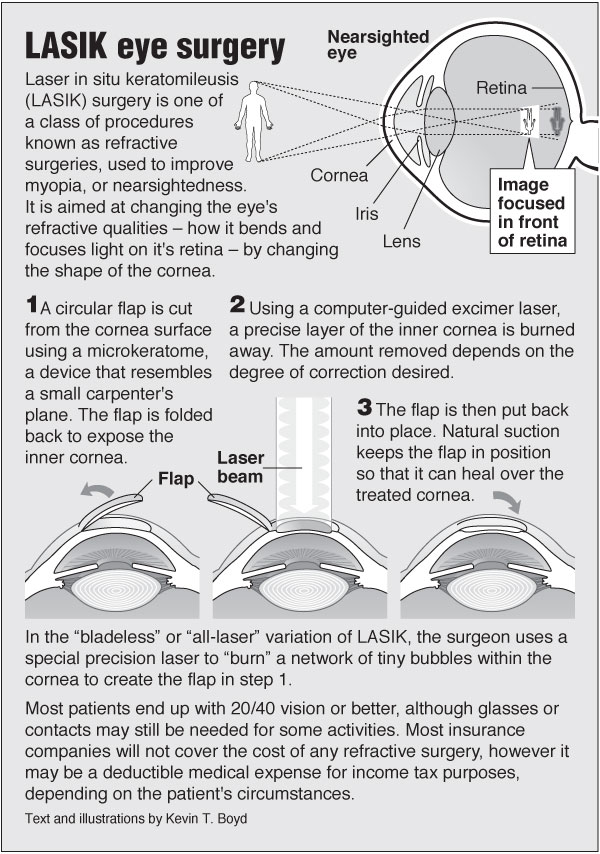If you're considering RLE surgical procedure, it is very important to recognize the procedure and its ramifications for your vision. This ingenious strategy can attend to different vision issues by changing your all-natural lens with a man-made one. While the surgical procedure is normally risk-free and reliable, there are benefits and risks you should recognize. Let's discover what this surgical procedure requires and just how it might affect your lasting eye wellness moving on.
Recognizing Refractive Lens Exchange Surgical Treatment
If you're taking into consideration vision adjustment alternatives, understanding Refractive Lens Exchange (RLE) surgical treatment is important.
RLE includes changing your eye's all-natural lens with an artificial one to correct vision concerns like nearsightedness, farsightedness, or presbyopia. This procedure is similar to cataract surgery, yet it's done on individuals that don't have cataracts.
During RLE, the cosmetic surgeon removes your cloudy or clear lens and implants an adjustable intraocular lens, tailored to your vision requires. The surgical treatment typically takes around 15 to thirty minutes per eye and makes use of local anesthetic.
You'll likely experience quick recovery, with boosted vision often visible within days. Comprehending the treatment aids you make educated decisions about your eye care and long-term vision health and wellness.
Advantages and Threats of RLE
RLE surgical treatment uses numerous benefits, making it an appealing alternative for those looking for vision modification. One significant advantage is the potential for boosted vision, commonly getting rid of the need for glasses or get in touch with lenses.
It can likewise resolve presbyopia and various other age-related vision problems, improving your general lifestyle. Additionally, RLE surgical treatment usually has a fast recuperation time and lasting results.
However, it's important to take into consideration the dangers. While issues are rare, they can include infection, bleeding, or changes in vision. Some clients may experience glow or halos around lights.
Comprehending https://www.healio.com/news/ophthalmology/20210111/corneal-tissue-addition-for-keratoconus-may-improve-visual-acuity-topography and dangers will certainly aid you make an educated choice regarding whether RLE surgery is the appropriate selection for you. Constantly consult your eye treatment expert for tailored suggestions.
The Recovery Process After RLE
After undertaking RLE surgical treatment, your healing procedure plays an essential duty in attaining the best possible outcomes.
In the initial couple of days, you'll experience some discomfort and fuzzy vision, which is regular. Ensure to follow your surgeon's post-operative directions very closely, including using suggested eye drops to stop infection and minimize inflammation.
Relax your eyes often, preventing screens and bright lights for the very first week. You ought to also avoid difficult tasks, swimming, and scrubing your eyes for a minimum of a number of weeks.
Go to all follow-up appointments to check your recovery progression.
As your eyes change, you'll notice renovations in your vision. Perseverance is essential-- offer your eyes time to recover completely and appreciate your new sight!
Verdict
To conclude, RLE surgical treatment can be a life-changing option for remedying vision issues. By understanding the treatment, its benefits, and prospective dangers, you can make an informed choice about your eye wellness. While the recovery procedure might include some preliminary pain, many individuals appreciate boosted vision and a much better lifestyle later. If you're thinking about RLE, talk to your eye care professional to see if it's the right choice for you.
